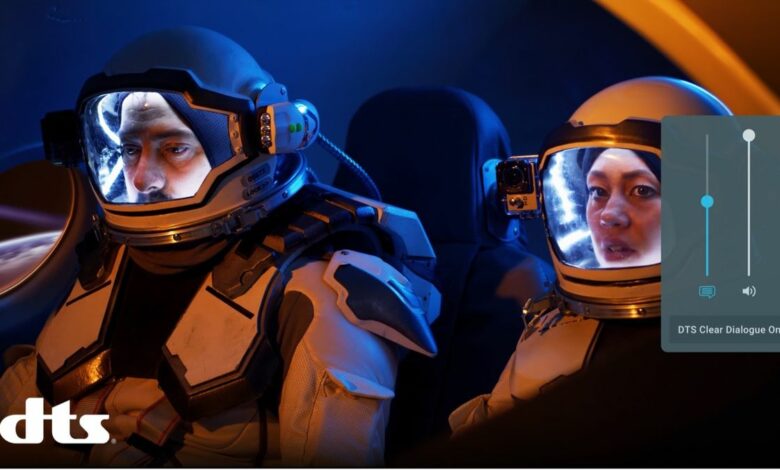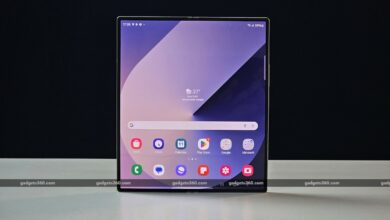I tried DTS Clear Dialogue – following movies without subtitles has never been easier

Ever struggled to understand what an actor is saying during a movie, or follow sports commentary on your TV over the roar of the crowd in the background? DTS says its new Clear Dialogue tool should solve those problems, and I had a chance to see it in action at IFA 2024.
It all works thanks to a device-side AI that, as it processes audio coming to your TV from a streaming service, console, or even a Blu-ray player, determines what portion of the audio is dialogue and what portion is background noise. Clear Dialogue splits these tracks and adjusts them independently, amplifying the dialogue and canceling out distractions.
Before I went in I was worried that this would interfere too much with the sound composition of the content. We call it noise but the music and sounds of the film are often just as important to the whole as what the actors say, and changing this balance can disrupt the overall vision if not done with care.
The first demo I was shown was The Martianespecially that scene at the beginning when Matt Damon’s character is blown away in a storm (you can watch it below). It’s a chaotically loud segment, and rightly so – you’re supposed to believe that this is a storm that could claim an astronaut’s life and that it can’t possibly be explored safely or easily by its crew.
With Clear Dialogue turned on, the default settings we used maintained this necessary chaos that resulted from a cacophony of noise, but it made it much easier for me to hear what the astronaut crew was saying to each other over the comms in their suits. With Clear Dialogue turned off, I sometimes had trouble making out what was being said.

I was also curious to see how the AI would distinguish between useful chatter and background noise, like the difference between commentary and fan noise at a sporting event.
Before that, I was shown Clear Dialogue during a section of the Tour de France cycle race. It deftly separated the commentary from the chatter and cheering of the crowd and made it much easier to understand what was being said by the commentators, while at the same time retaining much of the atmosphere that the crowd noise brought to the event.
A tailor-made solution
According to an Xperi survey of 1,200 U.S. adults, 84% of consumers struggled to understand dialogue during TV shows and movies. One option is to rely on subtitles, but that’s far from a perfect solution. I often find myself missing details because I’m focusing more on the text than on what’s happening in the show, so I’ve taken to turning them off in games and shows if they’re on by default.
This Clear Dialogue solution also has the advantage of allowing you to manually adjust how the audio is mixed. We all have different hearing, different hardware setups, and different preferences, so it stands to reason that an ideal solution would not be a one-size-fits-all model.
It’ll be a while before this system – or similar versions of the technology like Samsung’s Dialog Clarity – sees widespread adoption, but it impressed me and solved a real problem I was having when watching some content on my home theater setup (a problem you’ve probably had, too). I’m looking forward to using it more often.




